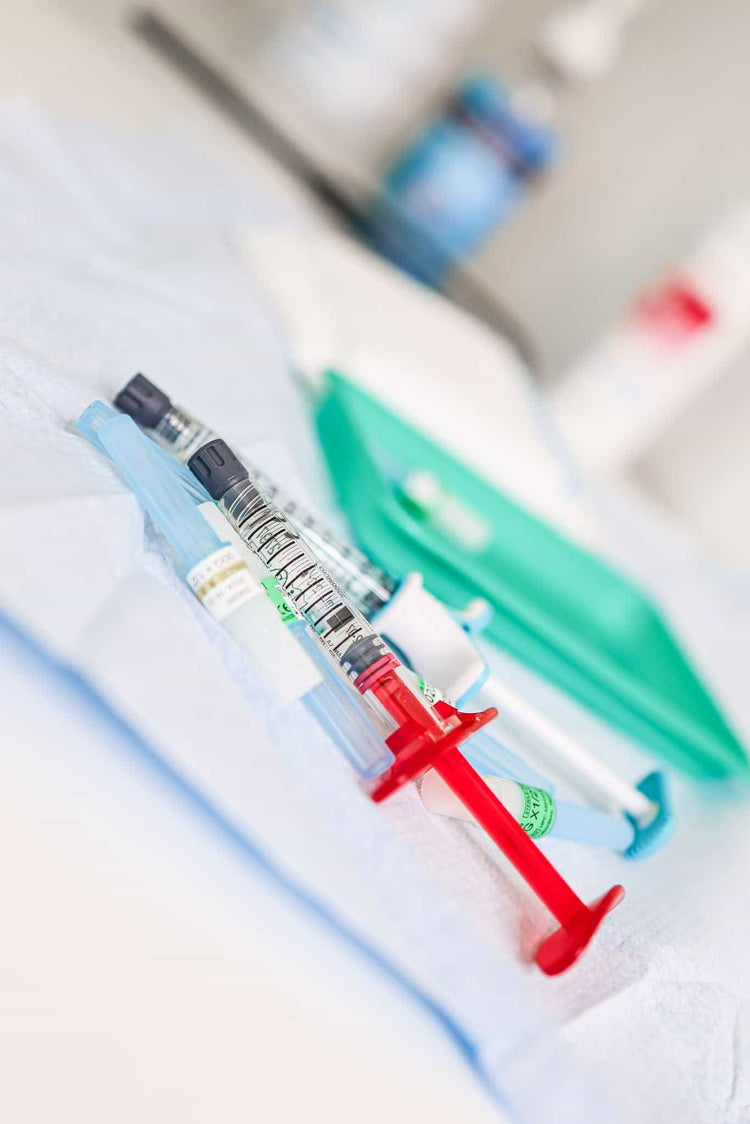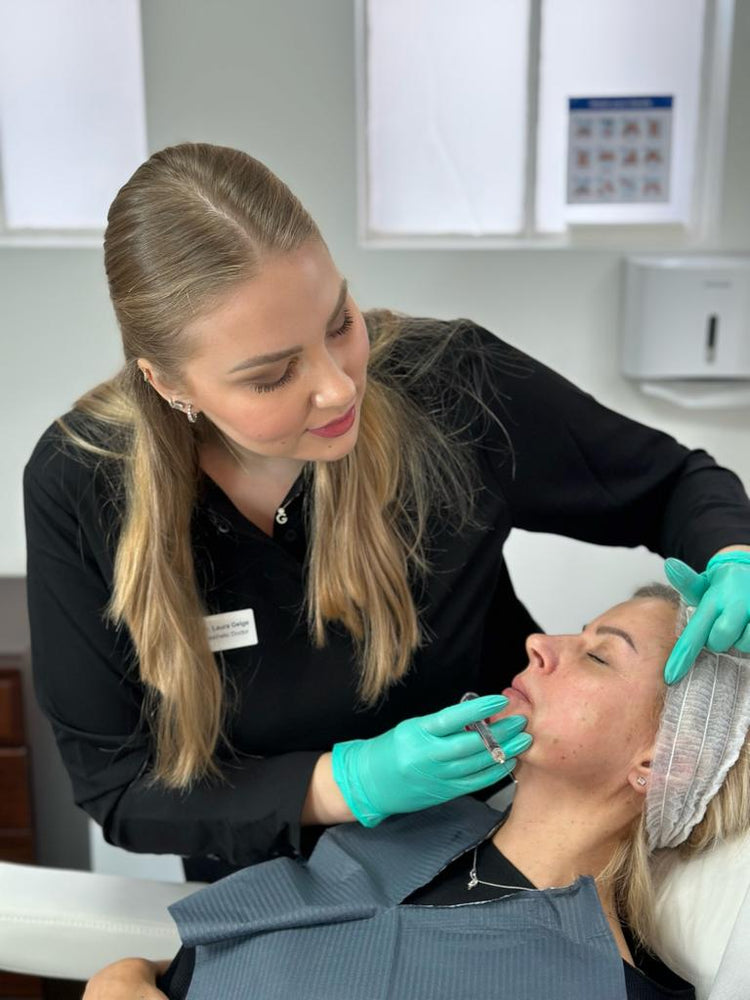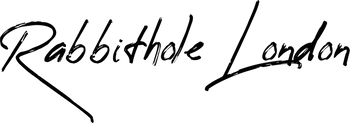How To Combine Fillers For Nasolabial Folds And Marionette Lines In Kingston Upon Thames
Choosing the Right Filler
The quest for smoother, more youthful-looking skin often leads us to explore options like dermal fillers for addressing wrinkles and creases. Nasolabial folds (the lines running from the nose to the corners of the mouth) and marionette lines (vertical lines that descend from the corners of the mouth) are common concerns, and choosing the right filler can dramatically enhance results.
Types of Fillers for Nasolabial Folds and Marionette Lines
When considering fillers for nasolabial folds and marionette lines, understanding the different types available is crucial. Hyaluronic acid-based fillers like Juvederm, Restylane, and Belotero are popular choices due to their ability to attract and retain moisture, plumping up the skin and smoothing out wrinkles. These fillers come in various viscosities, allowing practitioners to select the most suitable option for each individual’s needs. For nasolabial folds, a thicker filler may be preferred to lift and volumize the area, while marionette lines often benefit from a thinner, more spreadable filler.
For more significant volume loss, Sculptra Aesthetic, a poly-L-lactic acid (PLLA) filler, can be used. PLLA stimulates collagen production over time, providing long-lasting results and addressing deeper wrinkles and folds.
Considerations When Selecting Filler

The choice between hyaluronic acid and PLLA fillers depends on the individual’s goals and desired outcome. Hyaluronic acid fillers provide immediate results with a gradual softening effect over weeks as the skin naturally absorbs the filler. Sculptra Aesthetic, on the other hand, works by stimulating collagen production, gradually increasing volume and improving skin texture over several treatments spaced several weeks apart.
It’s important to consult with a qualified practitioner who can assess your individual needs and recommend the best type and amount of filler for your specific concerns. They will consider factors such as your skin type, desired outcome, and medical history to create a personalized treatment plan. Remember that choosing the right filler is crucial for achieving natural-looking and long-lasting results.
Consultation with a Qualified Practitioner
When seeking treatments for nasolabial folds and marionette lines, understanding the nuances of different dermal fillers is essential. A qualified practitioner can guide you through the various options available, such as hyaluronic acid fillers like Juvederm and Restylane, or Sculptra Aesthetic, a collagen-stimulating filler. Factors like your skin type, desired outcome, and medical history will be carefully considered to determine the most suitable filler and treatment plan for achieving natural-looking and long-lasting results.
Importance of Expertise and Experience
Consulting with a qualified practitioner is paramount when considering dermal fillers for nasolabial folds and marionette lines. A practitioner’s expertise and experience are essential in ensuring safe and effective treatment outcomes.
Their in-depth knowledge of different filler types, their properties, and potential side effects allows them to make informed recommendations tailored to your individual needs.
They will assess your skin type, facial anatomy, desired outcome, and medical history to determine the most appropriate filler, dosage, and injection technique.
Furthermore, a qualified practitioner can manage any potential complications that may arise during or after treatment, ensuring your safety and well-being throughout the process.
Questions to Ask During the Consultation
During your consultation with a qualified practitioner, it’s important to ask clarifying questions to ensure you understand the procedure, risks, and expected outcomes. Here are some key questions to consider:
What types of fillers do you recommend for my nasolabial folds and marionette lines? What are the differences between them in terms of composition, longevity, and potential side effects?
How will you determine the appropriate type and amount of filler needed for my specific needs?
What can I expect during and after the treatment? How long will it take to recover, and what are the potential side effects?
How long will the results last, and what maintenance treatments might be necessary?
Do you have before-and-after photos of patients with similar concerns to mine? Seeing real examples can help you visualize the potential outcome.
What are your qualifications and experience in administering dermal fillers?
Are there any risks or complications associated with this procedure, and how are they managed?
Procedure Details
Understanding the different types of dermal fillers available is essential when addressing nasolabial folds and marionette lines.
Numbing Anesthesia
Numbing anesthesia is typically used during filler injections to minimize discomfort. A topical anesthetic cream might be applied to the area beforehand, followed by a local injection near the treatment site. The type and amount of anesthetic used will depend on individual sensitivity and the extent of the treatment.
Injection Technique
The injection technique for dermal fillers varies depending on the location and depth of the wrinkles being treated.
- For nasolabial folds, a series of small injections are made along the fold, strategically placed to lift and volumize the area.
- Marionette lines are typically treated with more delicate injections, targeting the vertical lines descending from the corners of the mouth.
- The filler is carefully injected using a fine needle or cannula (a blunt-tipped tube), ensuring precise placement and even distribution.
Recovery and Aftercare
Seeking smoother, more youthful skin often leads individuals to explore dermal fillers for addressing wrinkles. Nasolabial folds and marionette lines are common concerns, and choosing the right filler can significantly enhance results. Understanding the different types of fillers available is crucial when considering treatment options.
Expected Recovery Time
Recovery time after treatment with dermal fillers for nasolabial folds and marionette lines is typically short.
Most individuals experience minimal bruising or swelling, which usually subsides within a few days. You may be able to return to your normal activities immediately after the procedure.
- During the first few hours following treatment, it’s advisable to avoid strenuous activity, touching the treated area, and applying makeup.
- In the subsequent days, you may experience some tenderness or mild swelling, which can be managed with over-the-counter pain relievers and cold compresses.
- It’s important to avoid excessive sun exposure and use sunscreen diligently as fillers can make the skin more sensitive to UV rays.
The longevity of dermal filler results varies depending on the type of filler used and individual factors such as metabolism and lifestyle.
Hyaluronic acid fillers generally last for 6 to 18 months, while Sculptra Aesthetic, which stimulates collagen production, can provide longer-lasting results of up to two years.
Remember that these are general guidelines, and your recovery time may vary. It’s crucial to follow your practitioner’s post-treatment instructions carefully.
They will provide specific recommendations tailored to your individual needs and ensure optimal healing.
Instructions for Post-Treatment Care
Recovery after dermal filler treatment for nasolabial folds and marionette lines is typically quick and straightforward. Most individuals experience minimal bruising or swelling, which usually resolves within a few days. You can usually return to your normal activities immediately following the procedure.
To ensure optimal healing and minimize potential side effects, it’s important to follow your practitioner’s post-treatment instructions carefully. These may include:
- Avoiding strenuous activity, touching the treated area, and applying makeup for several hours after treatment.
- Applying cold compresses to reduce swelling and discomfort as needed.
- Taking over-the-counter pain relievers if you experience tenderness.
- Avoiding excessive sun exposure and using sunscreen diligently, as fillers can make the skin more sensitive to UV rays.
It’s important to avoid rubbing or massaging the treated area, as this could disrupt the filler distribution.
Most individuals see their final results within a few weeks as the filler settles and the surrounding tissue heals.
Results and Longevity
Choosing the right dermal fillers for nasolabial folds and marionette lines is crucial for achieving natural-looking and long-lasting results. Understanding the different types of fillers available, their properties, and potential side effects is essential in making an informed decision.
Visible Effects and Expected Outcomes
Results from dermal filler treatments typically appear immediately following the procedure. However, it can take a few weeks for the final outcome to fully manifest as the filler settles and the surrounding tissue adjusts.
The longevity of dermal filler effects varies depending on several factors, including the type of filler used, individual metabolism, lifestyle choices (such as sun exposure), and skin type. Hyaluronic acid fillers generally provide results that last for 6 to 18 months, while Sculptra Aesthetic, which stimulates collagen production, can offer longer-lasting benefits, potentially up to two years.
Duration of Results
The duration of results from dermal filler treatments varies depending on the type of filler used. Hyaluronic acid fillers, which are temporary, typically last for 6 to 18 months. Sculptra Aesthetic, a collagen-stimulating filler, can provide longer-lasting results of up to two years.
Several factors influence the longevity of filler effects, including individual metabolism, lifestyle choices (such as sun exposure), and skin type.
Potential Risks and Side Effects
While dermal fillers offer a promising solution for addressing nasolabial folds and marionette lines, it’s essential to be aware of potential risks and side effects. Like any medical procedure, there are inherent risks associated with filler injections.
Common Complications
Potential side effects of dermal fillers can include bruising, swelling, redness, itching, tenderness, and pain at the injection site. These side effects are usually temporary and subside within a few days to a week.
In rare cases, more serious complications may occur, such as infection, allergic reactions, or filler migration (movement of the filler outside the intended area). It’s important to note that these complications are uncommon but can happen.
Choosing a qualified and experienced practitioner is crucial for minimizing risks and ensuring safe treatment outcomes. During your consultation, be sure to discuss any medical conditions, allergies, or medications you are taking with your practitioner.
Managing Potential Side Effects
**Pricing and Availability in Kingston Upon Thames**
***Cost Factors Affecting Treatment***
Understanding potential risks and side effects is essential when considering dermal filler treatments for nasolabial folds and marionette lines.
The majority of individuals experience mild and temporary side effects following treatment, such as bruising, swelling, redness, and tenderness at the injection site. These typically resolve within a few days to a week.
More serious complications, although rare, can include infection, allergic reactions, or filler migration (the filler moving outside of the intended area).
Managing potential side effects is generally straightforward. Your practitioner will provide specific instructions for post-treatment care, which may include:
- Applying cold compresses to reduce swelling.
- Taking over-the-counter pain relievers if needed.
- Avoiding sun exposure and using sunscreen diligently.
It’s important to follow these instructions carefully and contact your practitioner if you experience any unusual or concerning symptoms.
Pricing for dermal fillers in Kingston Upon Thames can vary depending on several factors, including the type of filler used, the amount required, the practitioner’s experience and qualifications, and the specific clinic or practice.
It’s always best to consult with a qualified practitioner in Kingston Upon Thames to obtain an accurate quote tailored to your individual needs.

The cost of dermal filler treatments in Kingston Upon Thames can vary depending on factors such as:
- Type of Filler: Hyaluronic acid fillers like Juvederm and Restylane typically have different price points based on the specific formulation and viscosity. Sculptra Aesthetic, a collagen-stimulating filler, usually costs more per treatment due to its longer-lasting results.
- Amount Needed: The volume of filler required will influence the overall cost. Larger areas requiring more filler will naturally be more expensive than smaller areas.
- Practitioner’s Expertise: Experienced and highly skilled practitioners often charge higher fees due to their expertise and extensive training.
- Location: Clinic location within Kingston Upon Thames can also impact pricing, with practices in prime locations potentially charging more.
When considering the cost of treatment, remember that achieving optimal results often involves multiple treatments spaced over time. Discussing a comprehensive treatment plan with your practitioner will help you understand the overall investment involved and allow for proper budgeting.
Finding a Clinic or Practitioner in Kingston Upon Thames
To find a clinic or practitioner in Kingston Upon Thames who specializes in dermal fillers, you can utilize several resources:
Online Search Engines: Start by searching online for “dermal fillers Kingston Upon Thames” or “aesthetic clinics Kingston Upon Thames.” This will provide a list of potential clinics and practitioners in the area.
Professional Associations: Check the websites of professional organizations such as the British Association of Aesthetic Plastic Surgeons (BAAPS) or the Royal College of Physicians to find registered practitioners in Kingston Upon Thames.
Patient Reviews: Look for online reviews and testimonials from previous patients on platforms like Google Maps, Yelp, or Trustpilot. Reading about others’ experiences can help you identify reputable clinics and practitioners.
Recommendations: Ask friends, family, or your primary care physician for recommendations. Personal referrals can be valuable in finding trustworthy and experienced professionals.
Once you have a list of potential clinics or practitioners, it’s important to thoroughly research their qualifications, experience, and patient feedback before making an appointment.
Don’t hesitate to schedule consultations with several different providers to compare their approach, fees, and overall comfort level.
- The Benefits Of CBD Gummies For Managing Daily Stress And Anxiety - December 5, 2025
- THC Mocktails: Alcohol-Free, Weed-Full Fun - December 4, 2025
- Temple Filler Near Ranmore, Surrey - December 1, 2025
